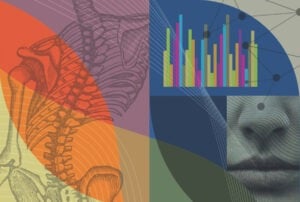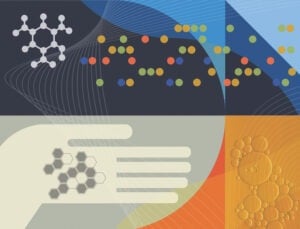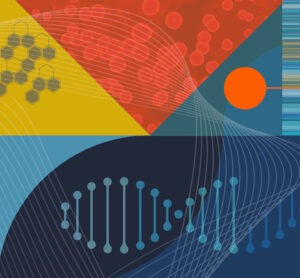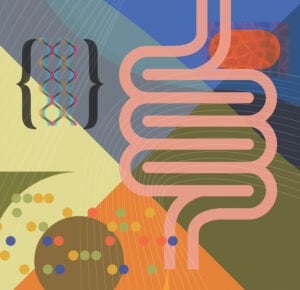Imagine if after a serious accident, your damaged facial bones could be replaced with tissue made by your own cells. Or if you could pop a pill that could reprogram your immune system to fight a chronic disease, freeing you from a lifetime of medications. While both prospects sound futuristic, scientists and engineers at Johns Hopkins and elsewhere are working toward these and other advances in tissue engineering.
Some researchers are creating novel biomaterials that can be transplanted into the body to serve as replacement parts or to encourage new tissue growth. Other scientists are developing small replicas of human tissues or organs that not only can be used to study the impact of novel drugs or treatments but also be encouraged to communicate with replicas of different organ systems. Still others are focused on using a new avenue known as immunoengineering to reprogram the immune system to tolerate organ and tissue transplants and medical devices, and using regenerative immunotherapies to direct tissue reconstruction.
“Some ideas always seem like science fiction before they become science fact,” says Joshua Doloff, an assistant professor of biomedical engineering and of materials science and engineering. “That’s just to help increase imagination and creative thinking, and eventually you tackle a really difficult problem.”
In the roundup that follows, we highlight some of the most promising projects now underway at Johns Hopkins.







